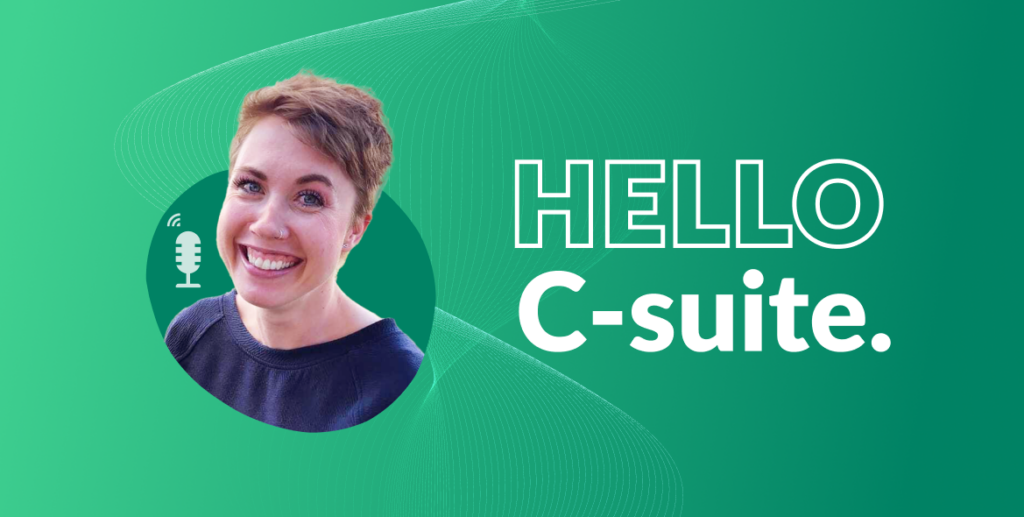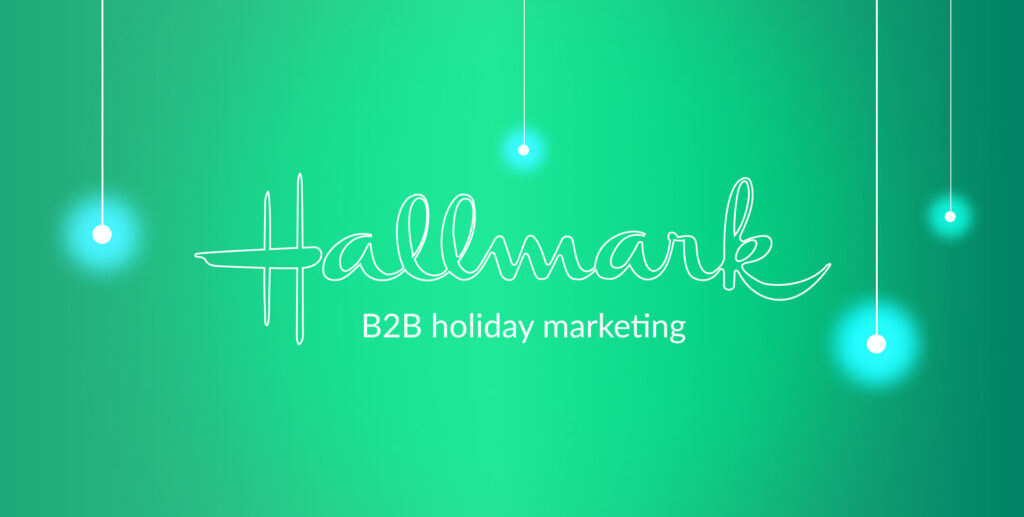The third episode of our podcast series “How did you do that” recently dropped on Spotify with special guest, Martina Honsová. Martiná has worked in marketing for over 15 years, travelled all over the world, and had a wide range of job titles during this time. With all this experience under her belt, she’s now honing her talents as a passionate copywriter.
We’ve worked with Martiná over at HB Reavis, and then we had the pleasure of her joining us at Isoline Communications.
Click play below to listen to the podcast or keep reading for an edited transcript of the episode.
Could you just kick us off by telling us a little bit about your eclectic background?
Martina Honsová: My name is Martiná. I’m talking to you from Colorado. It’s super beautiful here and I’m excited to be here. I’ve been in marketing for over 15 years, which is crazy to say. I’ve done a lot of different roles in a lot of different environments.
I started when I was 19, which is crazy long ago, and I worked for this tiny little local agency, and then I kind of moved around from different roles from marketing manager to content manager. Then I worked up my way to become a marketing director even, and soon as I realized it was nothing for me and got back to the real creative thing.
So, I think I’ve cruised the marketing landscape pretty well. But over the past six years, I’ve been working towards location independence. I’ve gone fully freelance and focused on copywriting because that’s always been my passion.
Now, I’m delivering digital copywriting for clients from pretty much anywhere in the world. I travel full-time with my partner, sometimes in a van, sometimes in a cabin, and sometimes who knows where.
You worked on a project at HB Reavis. I was hoping you’d tell us a little bit about the future of work campaign and how you grabbed attention at a critical time?
Martina Honsová: That was a big one. I mean, when the pandemic hit, as an international workspace provider/well-being expert, we were like, this is our field of expertise. We cannot remain silent, right? But at the same time, no one kind of knew what was happening. So, it took us a while to figure out how to approach content and what to talk about.
We decided to run 3 surveys to figure out what the C-level executives, who were the target groups back then, thought about the situation because we kind of didn’t want to make up the narrative from sitting behind the desk and just thinking how things were. We’re marketers, right, not really workspace specialists.
So, we did that, and once we gathered the insights, we approached our in-house workspace experts. We had a team that really specialized solely in how to make work, work. And we were like, hey, we gathered this data, and could you please offer your feedback and fill us in on what’s going on, what the research says, and how things are, and that’s pretty much how the future of work report came about. We wrote it with you guys, so I’m sure you remember we had to be quick to stay relevant. I think we put the whole thing together in under 8 weeks, which is crazy.
Social media played a big part in distributing it. Can you tell us some more?
Martina Honsová: We came up with two different layers of social media content.
First, it was like posts for Instagram and Facebook, and those were naturally lighter and fun. It was my task to come up with something fun, which I love to do, but it wasn’t super easy because the times were kind of dark. The underlying message was that your office misses you, too, because we needed to spread the message that offices are here to stay. Obviously, we’re a workspace provider, so we’re not going to say that everyone’s going to be home forever and you’re never going to use the coffee machine ever again. Those generated great engagement because they were fun, like we had a coffee machine crying. So that’s something that’s kind of new.
But then there was the other layer. We couldn’t do that on LinkedIn, right, that probably would have been a disaster. But I was like, hey, we have a nice following. We had about 20,000 people, I believe, back then, so that’s an audience. And I was like, we’ve got to come up with something. So, what we did was we came up with a series of blog posts and we called it Master Hybrid Working. And it was, I would say, like 10 articles on different topics talking about how to maintain teams cooperating and how to make sure people deliver, how to be a good remote leader, and all that.
But as a blog post, I don’t think too many people would find it organically, so we just started pushing it through social media. We got great feedback from the people we wanted, like the C-levels, executives, and all that because it was literally like a manual on how to guide your teams through the pandemic.
Where do you get your inspiration from?
Martina Honsová: I always get inspired by my audience. It’s not me just pushing my own ideas and letting the ego win. I always have to think about what they need and what’s going to be helpful.
But in general, I think traveling is a huge part of it. I was in Barbados working from a really exotic place and a client said he could can sense it – like something’s new with you. He said that there was a lot of creative stuff, and it’s all fresh, and I bet it’s because you’re on the beach all day.
So, I would say it’s a mix. I always try to get inspired by the places I’m at or what’s going on around me but also, professionally, I need to make sure that I follow all the marketers’ rules and guidelines on how to make good stuff.
Truth or myth. Blogs are dead?
Martina Honsová: As a copywriter, of course, I’m saying no. No, they’re not. But I think marketers should think more about the format, the delivery, and how this landscape is changing. Because, for example, in HB Reavis, we did a lot of audio blogs – we hired professional actors to read our blog posts and we recorded them, and then we again pushed it through social media, and we were telling people, hey, just listen to it when you’re driving to work.
We’ve got to think more and more about the day-to-day lives of today’s people who don’t really have time to sit down and read, not even half the page. So I would say they’re not dead, but make sure you’re respecting where we’re going, what’s going on, and how people consume information.
Claire Trévien: That’s so interesting about the audio versions of blogs. I’ve seen a fair few where it’s obviously an AI voice and it’s not very engaging. But I can imagine with proper actors and everything, you could get great results Did it resonate?
Martina Honsová: Overall, it performed well, but maybe it came a little too early because we started doing it about three years ago or something like that. So maybe now it would be even more shooting.
Bailey Byrne: It’s interesting because, like you’re saying, with the blog, with written content, people don’t really want to sit down and read. But when it comes to audio and visual content, people are much more willing to sit down and spend a lot of time listening to it. So, it’s I think a very handy way to kind of keep moving with the times.
Want to be our next podcast guest? Drop us a line at hello@isolinecomms.com
Like what you just read?
There’s more where that came from. Sign up to our newsletter to get the latest B2B tech news, content marketing insights, tips, tricks, memes, and more, delivered straight into your inbox every month.



